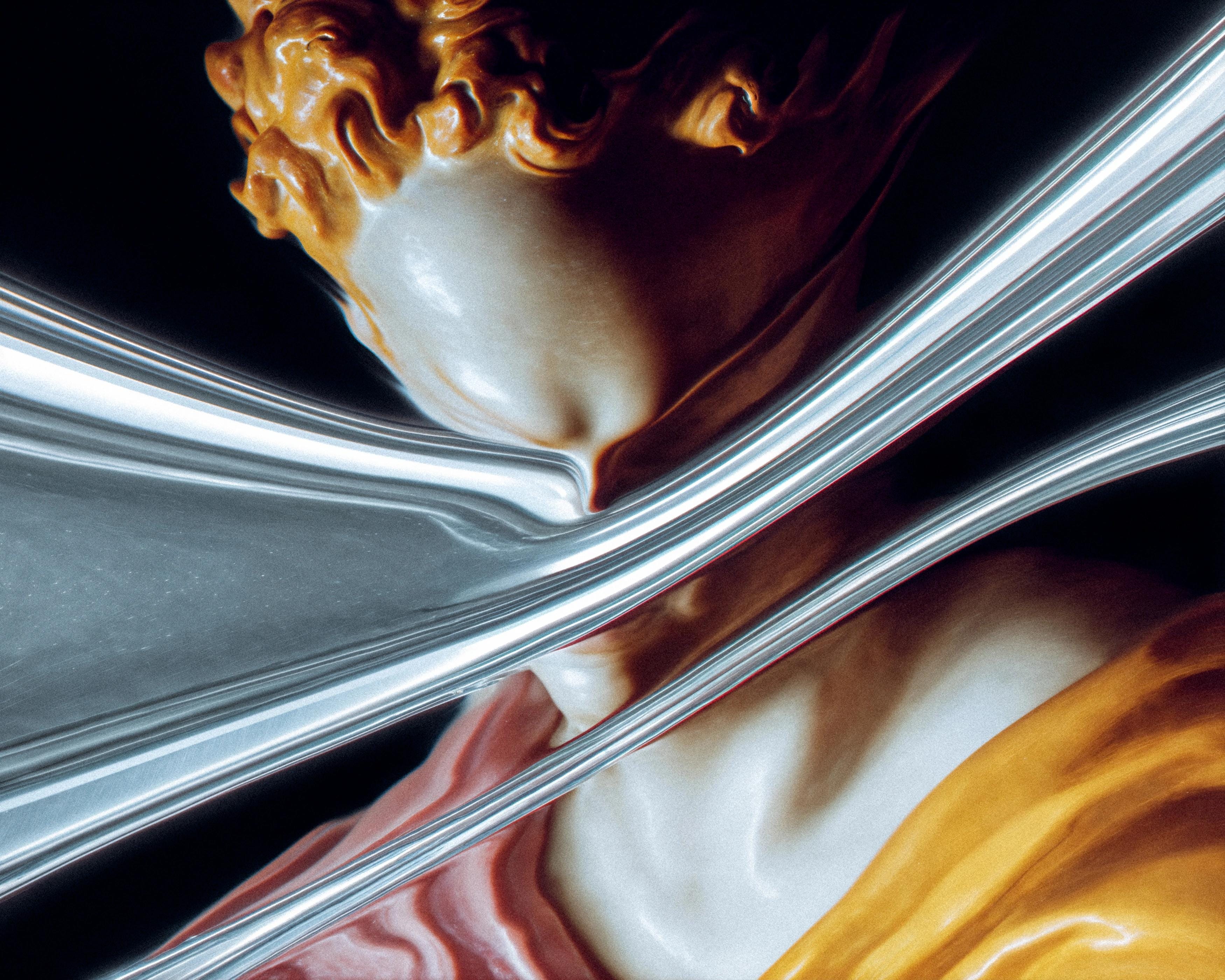
Michelangelo’s Sistine ceiling was a job.
Certainly not a lightning bolt. It was a contract. 1508 to 1512, papal client, budget, deadlines. He was a sculptor pressed into painting and even tried to duck it: “I am no painter.”
The brief on the table was modest: twelve Apostles with ornament. He took the commission and rewrote the problem, expanding it into Genesis, prophets, and sibyls, an entire cosmology hung on invented architecture. The fee around three thousand ducats, paid in stages, with constant arguments and pauses when the money or the patience ran thin. Pressure to hurry. The usual.
The work itself was brutal. He redesigned the scaffold because the one offered got in the way. He brought in assistants, then dismissed most and carried the weight himself with the indispensable help of plasterers and hands. Four years looking up, neck locked, paint dust in the lungs. He loathed much of the process and kept going anyway.
If you make (or commission) pictures for a living—photography, film, CGI—you recognize this terrain. The brief is small because it must be; the money comes in tranches; feedback lands late; the calendar pinches; everyone wants to see something now. You do the job. The question is what else you can smuggle in without breaking trust.
Because that is the real craft: not evading constraints but arranging them so they serve the idea.
The Apostles brief was a fence. Michelangelo turned it into scaffolding for a bigger thought. That’s the pattern. The client asks for features; you propose a shape. The deck says “heritage, innovation, community”; you pick one scene that makes those words unnecessary. You don’t “add art” on top of the assignment. You change the assignment’s geometry so it can hold meaning.
A few working notes from the ceiling that I find still apply in image making:
- Negotiate the frame. Early, push the brief until it can carry a real idea. Small briefs aren’t insults, they're more like they’re placeholders. Replace them with structure.
- Own the toolchain. When the rig or pipeline blocks the work, rebuild it. New scaffold, new lens choice, new medium. The tool is often part of the composition.
- Keep one unbroken line. Teams matter, but coherence matters too. Decide which parts must bear your fingerprints and protect them from diffusion.
- Sequence beats scope. The vault is not a heap of moments. It is indeed a climb. Organize your project so each stage deepens the last and treat the schedule as narrative.
- Ship under pressure. Money stops, approvals lag, days evaporate. Keep the through‑line visible to yourself and the patron. Progress is a kind of argument.
People like to draw a clean line between “art” and “commerce.” Well, there isn’t one.
There’s only the work: materials, time, intent, audience. Patronage used to wear a ring and a chapel, today it shows up as a brand deck, a call sheet. Either way, someone is paying for attention and meaning. Your job is to meet the brief and then leave behind something that keeps speaking after the campaign ends.
That doesn’t mean posturing about “purity.” It means doing solid, visible things:
- Put one unmistakable decision at the center of the piece, something you can point to and say, if we lost this, the whole thing collapses.
- Spend on the moment that will be remembered, not on the feature that reads well in a spreadsheet.
- Treat taste as a deliverable. Skill is table stakes; taste is how you spend the constraints.
- Aim for afterlife. Ask what survives when the media plan is over, then design for that.
Michelangelo had every reason to turn in competent wallpaper and call it a day. Instead he took the smallest possible brief and made it carry a world. He fought with his patron, rebuilt the scaffold, worked himself into pain, and still delivered a coherent argument in paint. Not much romance in that. That’s method.
So yes: our field is commercial. We pay the rent. We answer to notes. We work inside limits we didn’t choose. Good. Constraints are the price of the stage. Use them. Negotiate for the room you need.
We do the job right, then we do our best to make the apotheosis happen in the margins.
We’re craftspeople. That’s what we do.